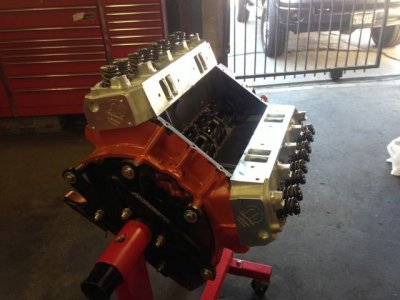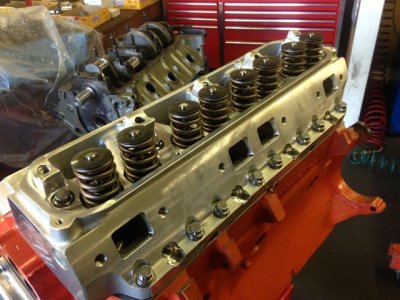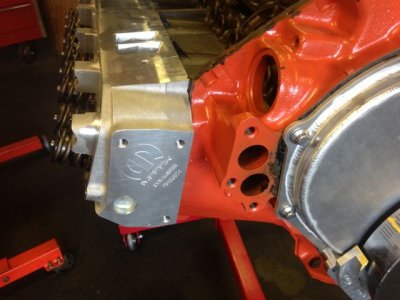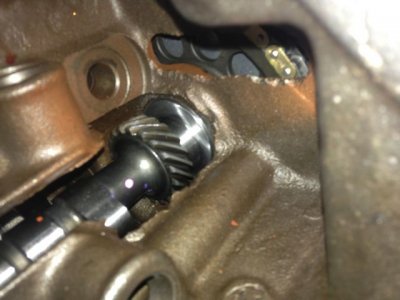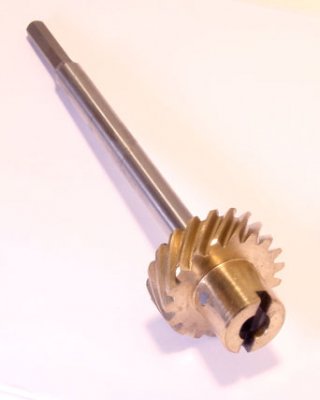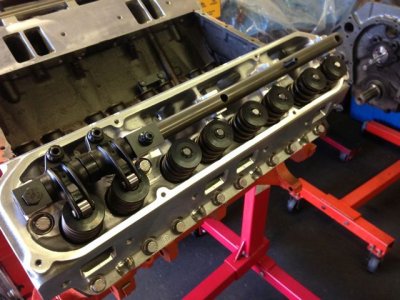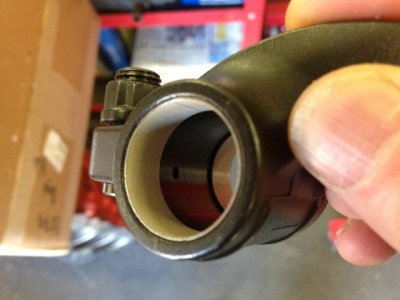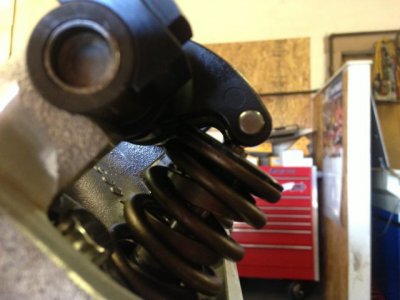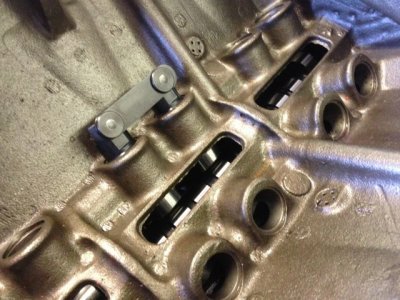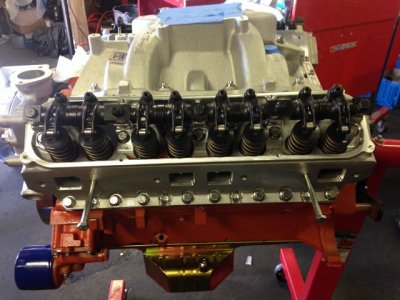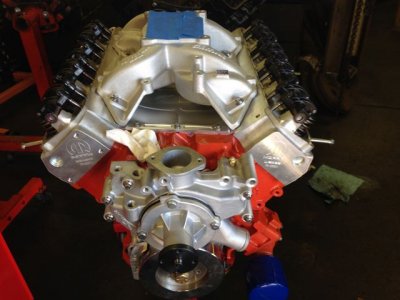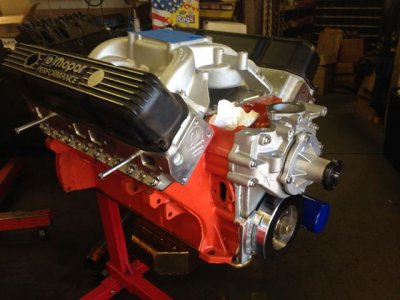Grabinov911
Well-Known Member
Isnt the rpms really just a function of a good valve-train though? oiling aside and rod bolts
Actually Andy F's book on Mopar performance has a really good chart on average piston speed based on stroke and RPM. What it reminds me is that RPM sensitivity has a lot to do with the ability of the engine to withstand the continuous change of direction of the piston, the rod and pin and the parts along the crank.
Throw piston at head at 5,000 feet per second
Stop it within thousands of an inch and throw it back the other direction by containing an explosion in the small space above it.
Stop it again using pure mechanical strength (rod, pin, piston)
Reverse it's direction in thousand's of an inch
Repeat
The effect of all that momentum on parts is unreal. At that speed, a savings of a few grams in a piston or wrist pin can save huge amounts of stress on the rest of the system. Add to that 99ss' point, which is basically that the valve has to go through the same process, and it makes the life of a cam look easy - it never has to change direction!

